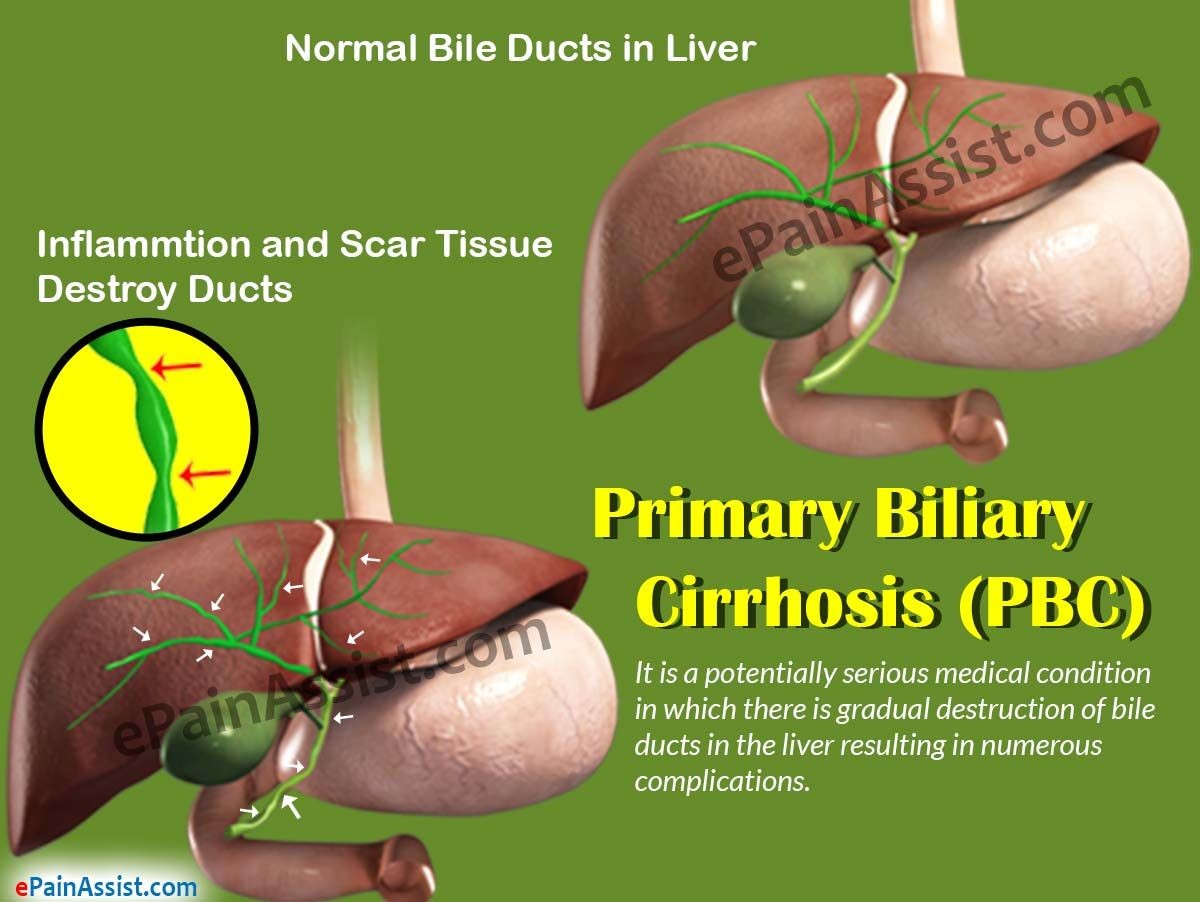
Contents
Primary Biliary Cirrhosis (PBC)
The liver is a large organ on the right side of the belly. It has two sections, the right and left lobes.
Primary biliary cirrhosis (PBC) is a progressive liver disease caused by a buildup of bile within the liver (cholestasis) that damages the small bile ducts that drain bile. Over time, this buildup destroys the bile ducts, leading to liver cell damage and eventually cirrhosis and liver failure.
PBC can cause various symptoms, such as fatigue, itching, dry eyes and mouth, abdominal pain, and jaundice (yellowing of the skin and eyes). Some people with PBC may have no symptoms and the disease may be discovered incidentally during routine blood tests or imaging studies.
Bile is produced in the liver and transported through the bile ducts to the gallbladder and intestine for fat and vitamin digestion. When bile cannot be drained from the liver, it causes inflammation and cell death. Scar tissue replaces the damaged liver areas, impairing necessary functions.
Causes and Risk Factors of PBC
The cause of PBC is unknown, but it is likely an autoimmune disease where the body’s immune system attacks its cells, specifically the bile ducts.
Risk factors for PBC:
- PBC may have a genetic component as affected individuals often have family members with the disease.
- Women are nine times more likely than men to develop PBC, typically between the ages of 40 to 60.
- PBC is more commonly seen in white, northern Europeans compared to African-Americans.
- Other autoimmune diseases, such as rheumatoid arthritis or Sjögren’s syndrome, increase the risk of PBC.
- Exposure to certain chemicals or infections may also increase the risk of PBC.
Signs and Symptoms of PBC
Up to a quarter of patients with PBC have no symptoms at the time of diagnosis, and the disease is discovered incidentally through abnormal liver blood tests.
The most common initial symptoms include fatigue, itching, discoloration of the skin due to scratching, dry mouth and eyes, bone and joint pain, and easy bruising and bleeding. Some individuals may experience right upper quadrant abdominal pain.
If the liver damage progresses, symptoms of cirrhosis, such as muscle wasting, ascites (abdominal swelling due to fluid accumulation), leg swelling, jaundice, and confusion, may occur.
QUESTION
Diagnosis of PBC
The suspected diagnosis of PBC is based on history, physical examination, and abnormal liver blood tests. Additional testing may include antimitochondrial antibody (AMA) blood test, complete blood count (CBC), cholesterol level measurements, abdominal imaging (ultrasound, CT scan, or MRI), and liver biopsy.
PBC can be challenging to diagnose, and it may take time to reach a definitive diagnosis.
Treatment of PBC
Treatment aims to manage symptoms, slow disease progression, and prevent complications. Options include liver transplant (in severe cases), ursodiol or ursodeoxycholic acid (UDCA) to promote bile flow, immune suppression medications (methotrexate, cyclosporine, prednisone), immunosuppressants (azathioprine, mycophenolate), and medications to reduce itching and control complications.
Prognosis of PBC
PBC is a progressive disease that cannot be cured but can be controlled. Prognosis depends on factors such as symptoms, liver function test abnormalities, treatment, and whether liver transplantation is needed. Advances in treatment have prolonged life expectancy.
The average survival from diagnosis for asymptomatic patients is 16 years, while symptomatic patients have an average survival of 7.5 years.
Complications of PBC
Complications arise as liver function declines. These include ascites, edema, easy bruising or bleeding, hepatic encephalopathy, portal hypertension (enlarged spleen, varices), osteoporosis, and an increased risk of hepatocellular carcinoma.
Prevention of PBC
Since the cause of PBC is unknown, prevention is not possible. However, medications can help slow disease progression and manage symptoms. To prevent further liver damage, alcohol intake and certain medications should be limited.
By clicking Submit, I agree to the MedicineNet’s Terms & Conditions & Privacy Policy and understand that I may opt out of MedicineNet’s subscriptions at any time.
Medically reviewed by Venkatachala Mohan, MD; Board Certified Internal Medicine with subspecialty in Gastroenterology
Dancygier, H. Clinical Hepatology.
Springer 2010.


